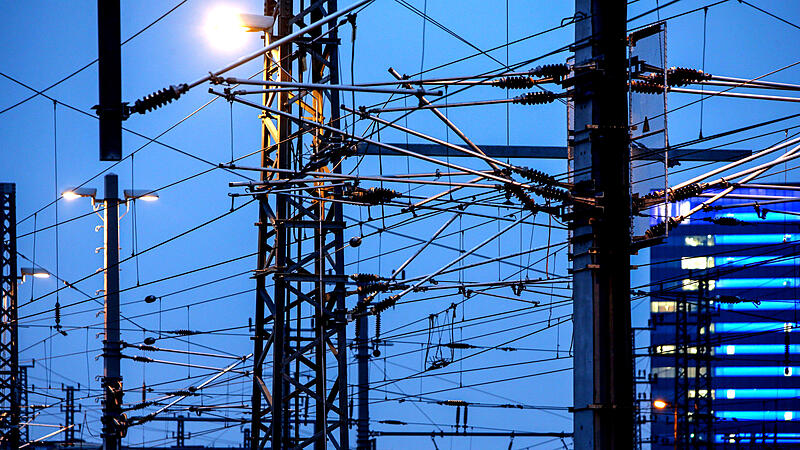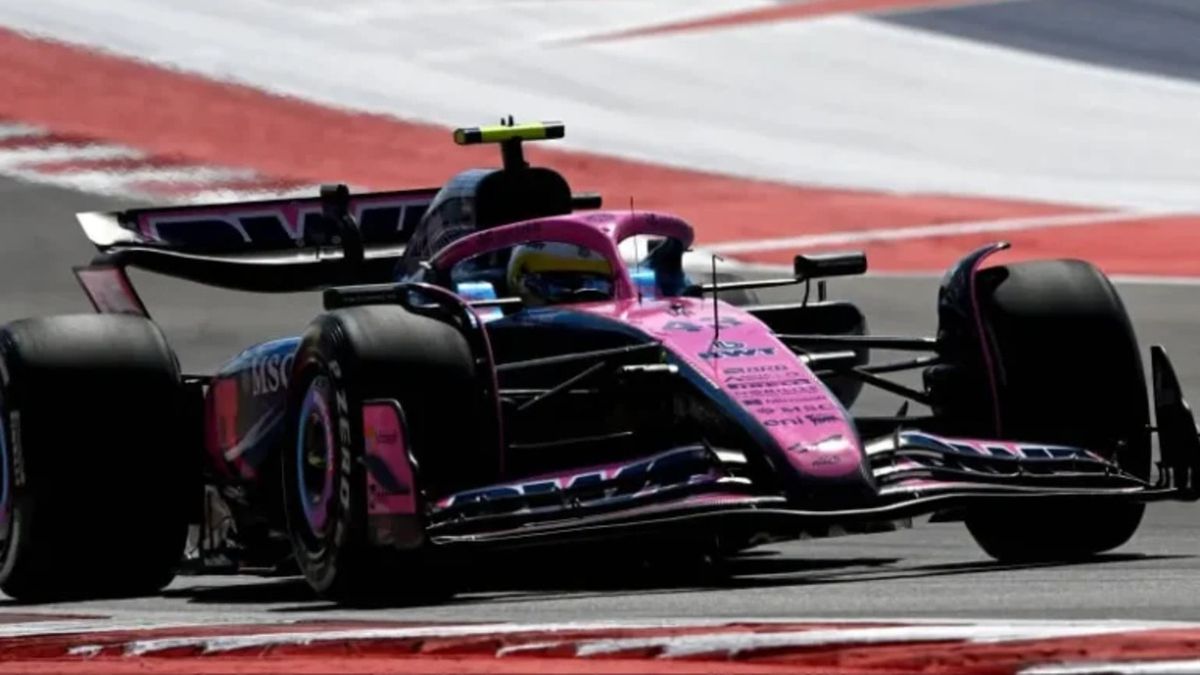Image: Weihbold
For now, however, these are mostly limited to so-called floaters, where the price changes monthly. The announcement by Wien Energie that it will reduce prices is currently causing movement in the market, said E-Control board member Wolfgang Urbantschitsch in a press conference.
- Also read: Will the networks drive up the price of electricity?
Most Austrians’ tariffs would be below the upper limit up to which the government would help with the electricity price cap. Since new contracts currently tend to be cheaper, it is worth comparing tariffs and changing suppliers, said Urbantschitsch. The authority did not accept criticism that the electricity price brake would reduce competition. It is also a risk mitigation mechanism; with the cap, more people would dare to take on variable tariffs, which are currently particularly low.
As a result of the energy crisis in 2022, a lot of trust has been lost and this has not yet fully returned, Urbantschitsch took stock. He called on the industry to restore trust through affordable and reliable prices as well as transparent and understandable tariffs. E-Control sees opportunities in customer communication through online portals and apps as well as through monthly billing, which is provided for as standard for electricity in the new Electricity Industry Act (ElWG).
Too little overview for the consumer
Urbantschitsch is critical of the fact that for many customers it is not obvious at first glance how much a kilowatt hour costs. Even discounts and energy Fridays would not contribute to more transparency.
The regulator is concerned that gas prices for households have not fallen as much as wholesale prices. Here the prices for end customers are too high, especially for existing customers.
The fact that electricity prices have fallen more sharply is also due to the expansion of renewables over the past two years. As a result of the war in Ukraine, there was a boom in photovoltaic systems. In 2022, PV systems with a peak output of more than one gigawatt were connected, and in 2023 there were around 2.3 GW, as E-Control board member Alfons Haber said. In Upper Austria and Styria, some of the new systems even had to be throttled back in order not to overload the networks. The regulatory authority assumes that the boom will continue and that the abundance of solar power will further dampen prices.
My themes
For your saved topics were
new articles found.

info By clicking on the icon you can add the keyword to your topics.
info
By clicking on the icon you open your “my topics” page. They have of 15 keywords saved and would have to remove keywords.
info By clicking on the icon you can remove the keyword from your topics.
Add the topic to your topics.
Source: Nachrichten




